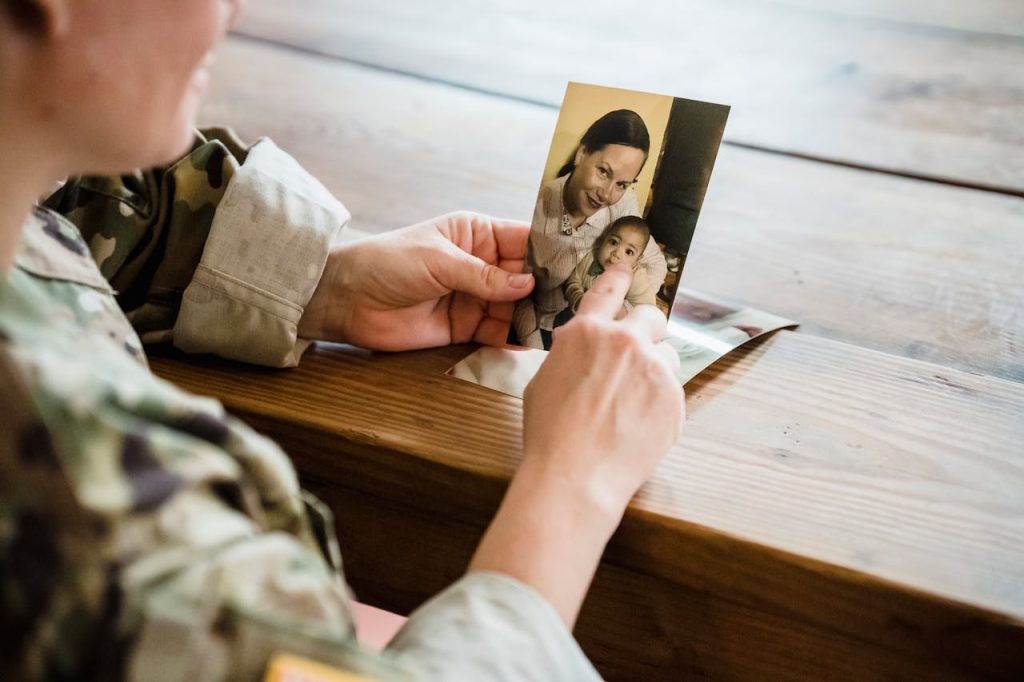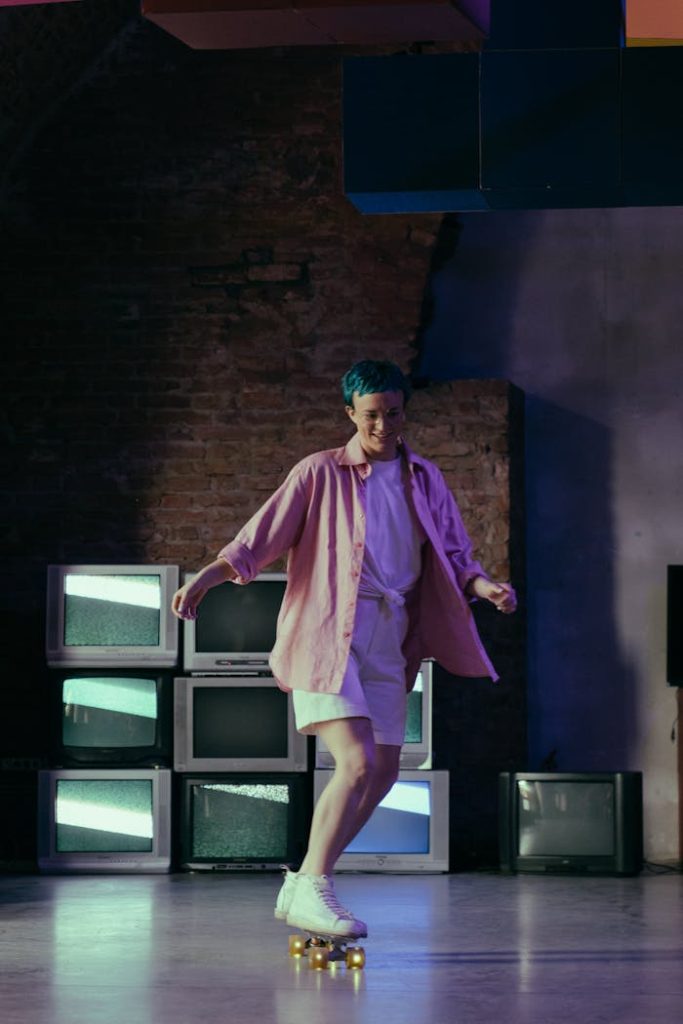In therapy rooms, memory clinics, and elder care homes across the world, something extraordinary happens every day.
A therapist plays an old song.
A daughter brings her father’s wedding photo.
An elderly woman recalls her school days in pre-independence India.
These are more than stories — they are therapy. They are the roots of identity, and the sparks of emotional healing. This process is called Reminiscence Therapy — and while it’s powerful, it’s also painfully limited in its current form.
At Artograph, we’re changing that. By combining memory science, AI, and collaborative technology, we’ve built a platform that amplifies everything reminiscence therapy is meant to be — visual, emotional, dignified, and deeply human.
But before we explain how, let’s talk about what’s broken.
The Hidden Pain Points of Traditional Reminiscence Therapy
Reminiscence therapy (RT) has been practiced for decades. It is one of the most effective non-pharmacological methods for improving mood, reducing anxiety, and building identity in people suffering from dementia, PTSD, depression, or grief. But the way it is delivered today is often:
1. Manual & Resource-Heavy
Most RT sessions rely on physical memory triggers — old photo albums, heirlooms, handwritten notes. Therapists spend hours collecting stories, printing images, or coordinating with families for materials. In rural or under-resourced clinics, they may not have access to memory aids at all.
“We had to wait weeks for a family to send photos before we could begin.”
2. Emotionally Incomplete
Memories aren’t just photos. They’re sounds, emotions, smells, settings. Traditional therapy struggles to recreate that multi-sensory memory environment, especially when the patient is disconnected from family or when key memory items have been lost.
“He kept trying to describe his mother’s shop, but we had nothing to show him visually.”
3. Clinically Fragmented
Therapists manually track outcomes, moods, and progress. Notes are kept in notebooks or spreadsheets. There’s no standardized way to log what themes work, what memories are effective, or how a patient’s emotional state changes over time.
“We had no analytics to show improvement — just gut feelings.”
4. Non-Collaborative for Families
Family members want to help — but in most clinics, there’s no system for sons, daughters, or spouses to contribute stories, photos, or voice recordings unless they’re physically present.
“My daughter lives abroad. She had no way to help me preserve my mother’s memories.”
5. Difficult to Scale
Reminiscence therapy is deeply personal. That makes it beautiful — but also hard to scale in busy clinics or retirement homes where therapists may juggle dozens of patients. RT becomes “one more task” instead of a focused session.
How Artograph Solves These Pain Points
Artograph is the first digital reminiscence therapy platform built specifically to solve these challenges. It combines AI tools, structured therapy workflows, and family collaboration portals to make RT faster, deeper, and smarter.
1. AI Memory Reconstruction (No Photos Required)
With just a text prompt like:
“My father’s bicycle shop in Kerala during the 1970s — wooden walls, steel rims, and coconut trees outside”
Artograph generates a realistic visual. No photo album needed.
Now, even forgotten or unrecorded memories can be brought to life.
Therapists can use these visuals in sessions to stimulate conversation, build identity, and anchor emotional narratives.
2. Therapy Session Builder with Memory Themes
Artograph includes a Session Builder that allows therapists to:
-
Choose or customize therapy themes (e.g., Festivals, First Job, Grandparent Stories)
-
Schedule sessions with AI visual support
-
Set emotional goals (e.g., Joy, Coping, Identity)
-
Track patient reactions live
It’s like a digital memory therapy assistant — structured, fast, and intuitive.
3. Mood Tracking & Outcome Insights
Every session tracks:
-
Pre/post mood changes
-
Emotional engagement level
-
Memory response quality
The therapist gets a dashboard of each patient’s emotional curve, top triggers, and session history — ready to report or analyze.
Now, reminiscence therapy becomes measurable and defensible.
4. Family Contribution Portal
Families can be invited via secure link to:
-
Upload old photos, stories, or recordings
-
Leave memory notes for therapists to use
-
Comment on AI-generated visuals
Even if they live far away, families become active contributors to the healing process.
5. Legacy Journal Builder
All memories — real or AI-generated — are saved to a personal journal that can be printed, downloaded, or shared.
This creates a tangible legacy product for patients and their families — preserving memories even after therapy ends.
Who’s Using Artograph?
-
Therapists running weekly sessions for PTSD and trauma recovery
-
Memory clinics digitizing therapy outcomes and improving documentation
-
Retirement homes creating group storytelling circles with visual prompts
-
Families using the B2C version to preserve a loved one’s legacy from anywhere
Safe, Compliant & Clinically Grounded
Artograph is built with:
-
HIPAA-grade encryption for all patient data
-
GDPR compliance for global use
-
Role-based access control
-
A strong commitment to ethical AI — no model training on personal data
Final Word
Reminiscence therapy is one of the most human things we can offer someone — the dignity of being remembered, the power of being seen.
Artograph doesn’t replace the therapist.
It empowers them.
It doesn’t replace the story.
It brings it into focus.
For every person whose memories are fading, we want to say:
“We hear you. We remember with you.”
Because every memory deserves to be seen again.


